Oneness and Interconnectedness underlie both Science of Mind and Kabbalah
With origins in Judaism, Kabbalah has been around for more than 2,000 years, and it is always evolving. Like Science of Mind, Kabbalah is based in practical application. It brings together different philosophies and principles rather than prescribing a single belief system.
In its original use, the word Kabbalah means parallel. “We study the parallels between the seen and unseen reality,” Sanders says. “How we experience the flow of energy and how we understand who we are through the ability to see parallels is central to Kabbalah. We see those parallels by recognizing what shows up personally, in our communities and nations, and on our planet. What shows up is a reflection, a mirror of our awareness or lack of it.”
The saying “objects in the mirror are closer than they appear” is transformed from a side-view mirror on your car to a meditation on parallelism. “The things and events, the people and animals and the emotions and thoughts that populate our lives and reflect our choices show up as guides for our spiritual and psychological growth.
“If you ever want to know what you can work on,” continues Sanders, “look around; more than the world is our oyster, it is our mirror.”
Focusing on Projection
The Baal Shem Tov, a master of Kabbalah and the founder of
the Hasidic movement in the 18th century, proposed that when we experience a negativity in someone else we must also look inward to see how that negative trait is mirrored in us. This is another example of how Kabbalah makes use of parallels to instill in us the necessary learning of our own growth.
Sanders explains that this teaching finds resonance in Sigmund Freud’s theory of projection and in later psychology as projective identification. “There is not necessarily a one-to-one correspondence,” cautions Sanders. “If you are annoyed or disapproving of a trait of say, anger, in someone, this does not automatically mean you are an angry person. If you are bothered by the person with that trait, it is a mirror for you to reflect on what is being stimulated by that person that has you reactive.”
He points out that it is useful to see that this teaching also relates to seeing good in others — that, too, is a mirror to reflect on. The mirror then can be calling to us to realize our full potential. Take generosity, for example. When we recognize the generous or compassionate qualities of others, do we see in the mirror our own full potential for compassion and generosity?
Focusing on Interconnectedness
“There are things that science may not be able to ever explain,” Sanders says. “The mystery is that there is mystery. Quantum entanglement in physics — that an atom in one distant location is moving in tandem with its “sister” particle (known as “sparticles”) — can be observed in human relationships when an identical twin feels that something is going on with her twin sister at a long distance. These sister twins are like the sister particles, entangled through a mechanism as mysterious as the atomic sparticles.
Kabbalah calls this a soul connection. These examples from science and relationships help us to have awareness of interconnectedness beyond the physical to the unseen reality. This brings meaning and purpose to life when we begin to see the billions of events as moving in paths of synchronicity and inspire us to be entangled to live into Einstein’s proclamation that all of life is miraculous.
Examining the Intersection of Science and Belief
Allen Afterman, author of “Kabbalah and Consciousness,” writes, “Human beings subconsciously know what science is seeking to articulate.”
Sanders elaborates on this by describing a particularly important idea from Isaac Luria, a 16th-century master Kabbalist who lived in Safed, Israel, a center of Kabbalah teaching and learning then and now.
“Luria had the innovative idea,” he says, “that God had to step away, that God folded God into God to create a space for all that would exist. Luria’s concept was that the first act of creation was God contracting to allow for a space — an opening for creation.”
What follows in Luria’s cosmology is the introduction of light energy into the vacated space and his description of this light being so intense that it engendered a massive implosion and emanated the physical reality. Sanders explains, “Science caught up with Luria’s vision in the concept of the Big Bang theory, which also describes
an initial unity and then a fragmentation. What is of importance for
Kabbalah about this initial unity is that our human task, once we came along in the process of evolution, is to reconnect the fragmented pieces into their wholeness. This process is called tikkun olam — the repair of the world.”
Viewing the Soul as Eternal
Science of Mind and Kabbalah each recognize that the soul is manifesting as a part of being. “While you may believe each of us has a soul within us,” Sanders says, “Kabbalah sees soul as different dimensions of awareness which we are in. We are in it, rather than it being in us.”
He explains that while there are different levels of awareness, the ultimate is self-transcendent awareness. “Consciousness, just like energy, is neither created nor destroyed, but rather it changes form, it continues.” In the tradition of Kabbalah, if a person has not fulfilled the mission of whatever manifestation was intended for them, then that soul they “participated in” will come back in another form, with the memory of the prior life. This understanding is similar to the Bud- dhist teaching of reincarnation. While the soul is eternal, the focus of life is now. Sanders jokes, “Return library books, pay off your debts, make amends and love fully, otherwise your soul connection will still be carrying your ‘books’ from one incarnation to the next.”
Teaching From Metaphor
The word Kabbalah, in addition to meaning “parallel,” also means “metaphor.” Sanders teaches from story, from metaphor. He believes that what we need to learn we can best learn when we understand the concrete as manifesting a story.
A student of his reported that every morning she got on a scale to weigh herself. She is not overweight and, indeed, is not overly concerned about her weight; her mother, though, has always harped on her about her weight and that made her feel uncomfortable about her appearance. When asked, “Whose scale are you getting on?” she blushed with the recognition that she had taken the scale from her parental home. She was literally weighing herself on her mother’s scale.
This led to many other insights about the scale of others, whether family or society, that she had chosen to be weighed on. It was a freeing moment when she returned the scale and stopped measuring herself by the opinions of others.
Sanders tells another story about an old box of cassette tapes he found in his basement, a set of tapes that had been given to him many years previously.
The tapes were a series of talks by the Buddhist teacher Thich Nhat Hanh entitled “The Present Moment.”
“When I found the tapes, I thought, well I should just get rid of them because I don’t even have a cassette player anymore.”
He remembered that he did have a tape deck in his car, so the next time he was driving, he popped in the first tape and heard Hanh’s distinctive voice saying, “You may be driving in your car. Breathe in and find peace, breathe out and smile.” A moment later, with Sanders stopped at a red light, Hanh continued, “You may be stopped at a red light. You may get irritated, as you perceive this to be an obstacle, but by being present, this becomes a bell of mindfulness and the red light becomes a friend.”
In line with Kabbalah’s take on the significance of the past and future for the present moment, Sanders treasures this story on how the past comes into the present moment. “I had held onto these cassette tapes for a long time, and I had the choice,” he explains, “to either bring it into the present or move on.”
He continues, “In that moment I am driving, Hanh is speaking to me as if addressing his teaching just to me. I was connected to the past and the present and then took that teaching with me into the future. In Kabbalah, the now is not separate from the past or the future but brings them together in the present moment. While our past does not limit or define us, it is highly relevant. If I’m reflecting on the past, then it is, along with all that is occurring now, my present moment.
“A story about ‘old tapes’ and the immediacy of their lesson illustrates the power of story and metaphor. Red lights, like scales, led to the deeper significance of the story and inspired spiritual practice. The concrete experience holds the story then becomes a bell of mindfulness and your friend.”
Dr. David Sanders has taught Kabbalah in Denver since 1989. He also has more than 30 years of experience as a psychologist and holds a doctorate from Hahnemann University in Philadelphia. He and his wife, Rita, are parents to five children, including two sets of twins.
For class details, visit KabbalahExperience.com.
Science of Mind FEBRUARY 2017 ScienceOfMind.com

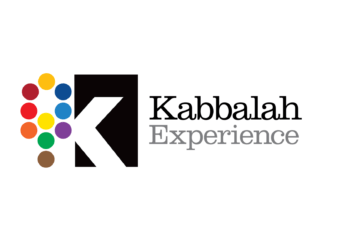
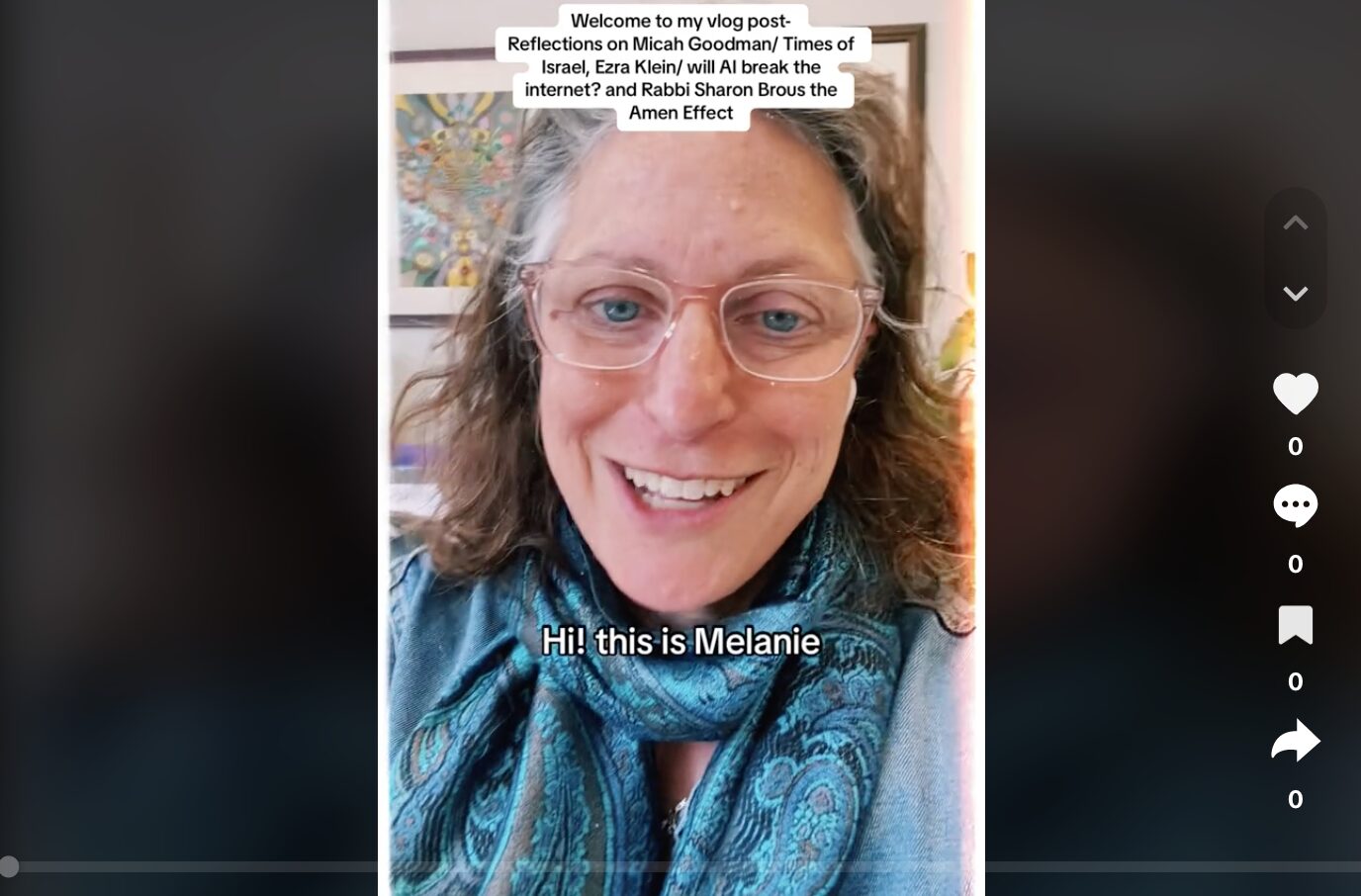


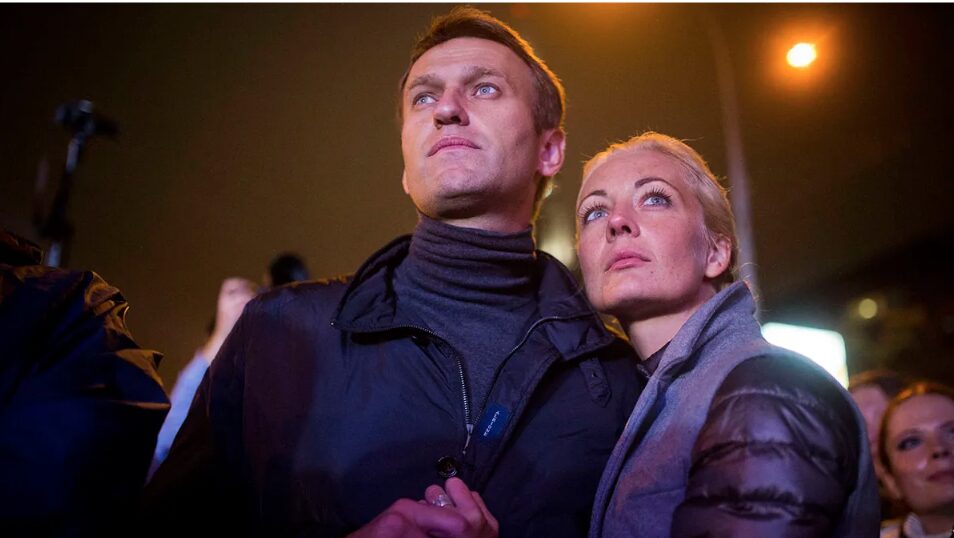

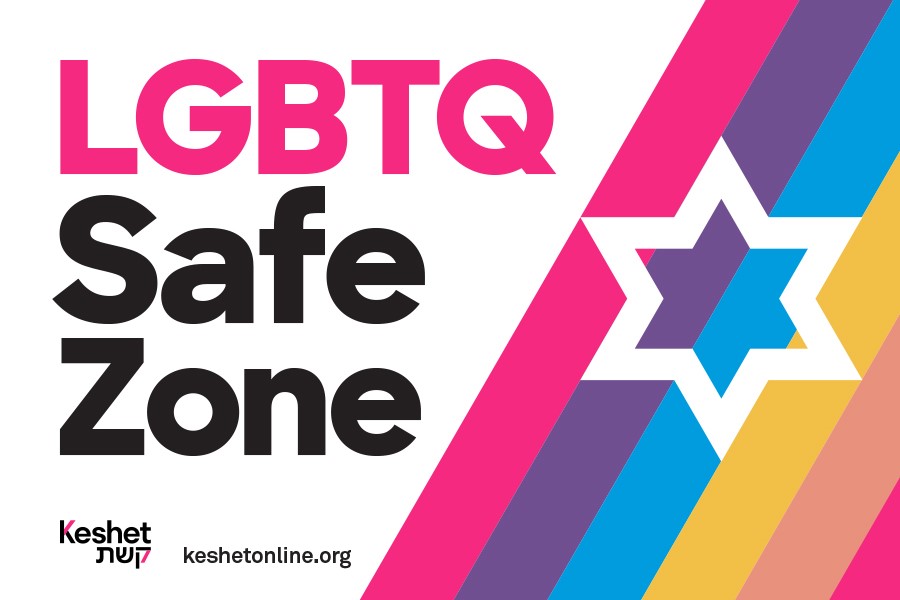
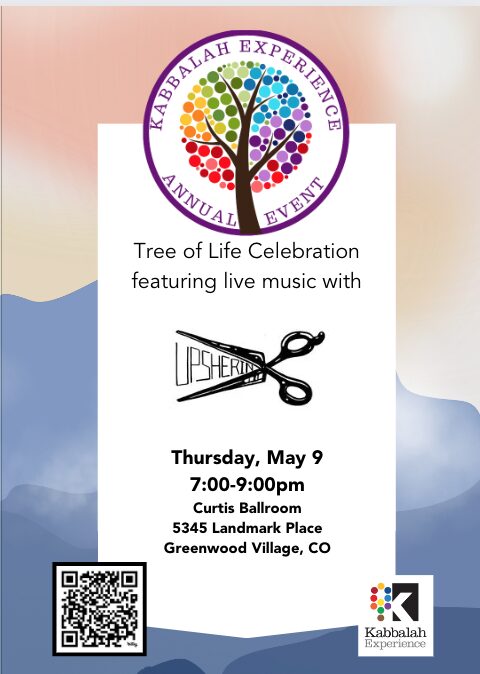
2 Comments
barbara colleran · June 15, 2021 at 1:18 pm
as a life long learner I am very impressed by your presentations and instructors
Melanie Gruenwald · June 15, 2021 at 1:23 pm
thank you!